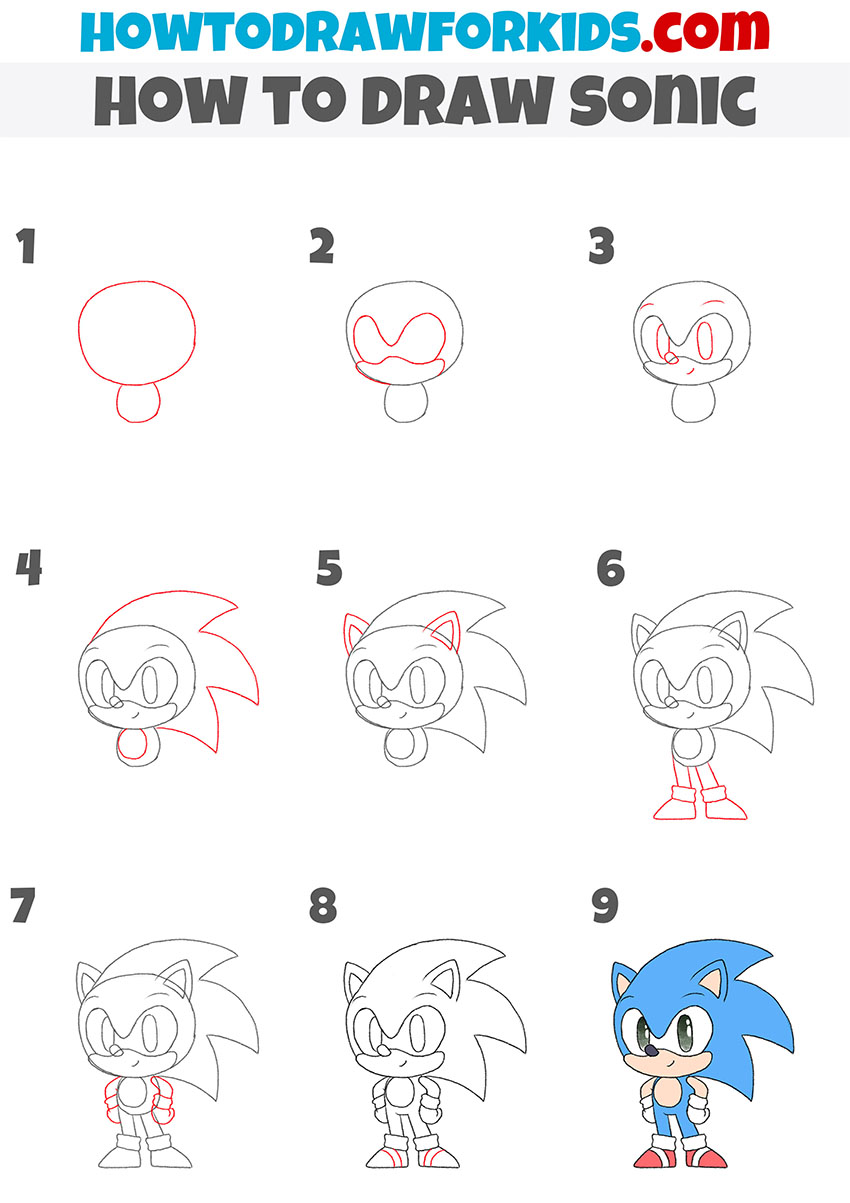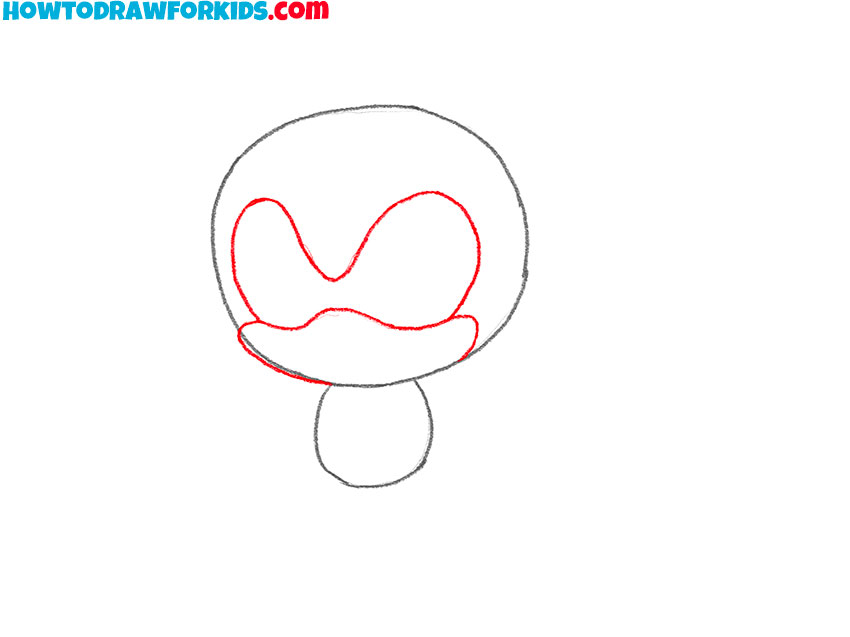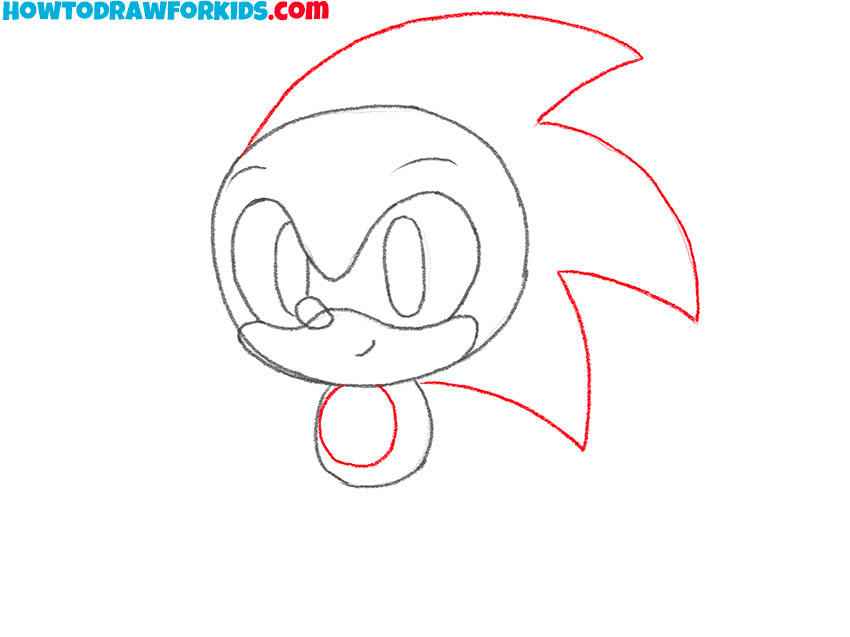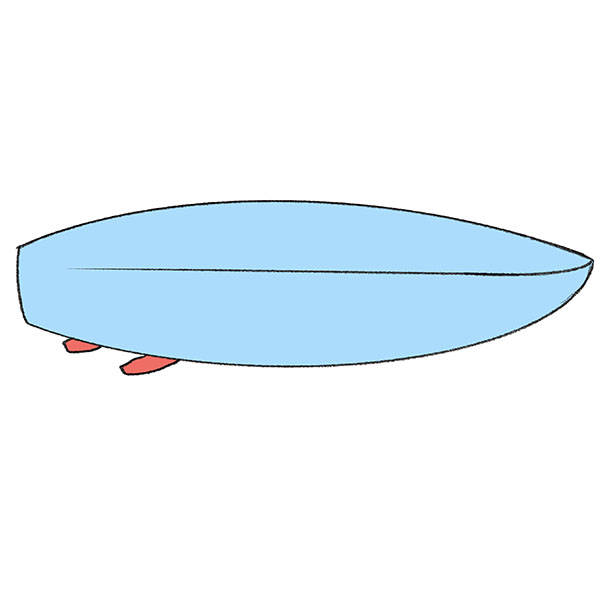How to Draw Sonic
Fans of classic games are sure to appreciate this tutorial, as I’ll be demonstrating how to draw Sonic, the iconic blue hedgehog from Sega’s games.


How to Draw Sonic: Basic Information
This guide will show you how to draw Sonic, a popular character known for his speed and heroism. We’ll draw this character in a simple yet recognizable way, and I’m confident that even beginners will achieve great results.
Besides teaching you how to draw Sonic, this lesson will also demonstrate how to create recognizable characters using relatively simple techniques.
Sonic’s design is iconic yet relatively simple, making it an excellent exercise for kids who want to become artists. This skill is really important for character designers who need to create memorable and easily recognizable characters.
Sonic the Hedgehog is one of the most recognizable characters in gaming history. By drawing him, artists develop an understanding of what makes a character iconic, from unique features to consistent visual branding.
Sonic Drawing Tutorial
Materials
- Pencil
- Paper
- Eraser
- Coloring supplies
Time needed: 40 minutes
How to Draw Sonic
- Draw the base of the head and torso.
Start by sketching the basic outline of the character’s head and torso. Draw a large oval for the head and attach a small cylindrical shape at the bottom for the torso. This sets the proportion and orientation of the character.

- Sketch the outlines of Sonic’s eyes.
Draw the outer contours of two large, oval eyes. Then, sketch the lower part of the face to shape the character’s jaw and cheeks. The top figure is very similar to the infinity sign, and the bottom one is the approximate outline of a small boat.

- Refine Sonic’s facial features.
Add detailed features such as pupils, a nose, a mouth, and eyebrows. Place the pupils within the eye contours, draw a small oval for the nose, and use a simple curved line for the mouth. Sketch the eyebrows above the eyes.

- Add the needles on the back.
Begin to add distinctive features that are characteristic of Sonic. This includes the spiky hair, which starts from the top of the head with three sharp points. The points are thick at the base and taper to sharp tips, creating Sonic’s recognisable look.

- Draw the ears of Sonic.
Add the outlines of large, triangular ears. These figures are located on the sides of Sonic’s head. Inside each ear, draw inner details that are parallel to the outer contours. The ear farthest from us should be located behind the outline of the hair needles from the last step.

- Sketch Sonic’s legs.
Sketch the character’s legs, starting with simple lines for placement. Then, flesh out the legs with more defined outlines and sketch the initial outlines of the iconic shoes. A distinctive feature of the cartoon style of drawing is the very large feet and hands compared to the body. This is very noticeable here.

- Sketch the arms and hands.
Draw the arms, beginning with smooth rounded lines for correct character’s pose. Detail the outlines and draw the hands with gloves featuring thick, cuff-like wrists typical of the character’s design. Here you can also see the peculiarity of the proportions of the palms and arms in the cartoon style of drawing.

- Refine the drawing and detail the boots.
Erase the guidelines from your Sonic drawing. Add stripes to the character’s boots. Draw parallel lines across the surface of each shoe to create the iconic stripe pattern. This step also involves refining the boots’ overall shape, ensuring they look finished and recognisable.

- Color Sonic.
Color the character. Fill in the hair (the needles?), legs and body with vibrant blue. Color the gloves white and add red accents to the shoes. Use a peach tone for the abdomen, lower face and ears to complete the colorful and iconic appearance of the character.

How to Draw Sonic: Video Tutorial
Additional Content
To further support your learning, I have also provided a PDF guide for this Sonic drawing lesson. This concise version can be downloaded and used at any time, even without internet access. It serves as a useful resource for practicing and reinforcing the concepts learned in the lesson.
The PDF does not include detailed step-by-step instructions, but it contains extra material focused on improving your drawing skills. After completing the main lesson, this guide can help you refine and advance your techniques, allowing you to improve further.
Think of this PDF as an extension of the lesson, designed to help you focus on refining your skills after learning how to draw Sonic.
How to Draw Sonic: Professional Tips
As you finish your Sonic drawing, it’s a good opportunity to refine your approach and improve your skill set. Consider the following practical tips as useful guidance for turning a decent drawing into something more refined.
Sonic’s design relies heavily on the distinctive proportion of his oversized head relative to his shorter limbs. This particular ratio contributes significantly to his recognizable appearance. Paying close attention to these proportions will help in maintaining the character’s intended look.
Sonic’s character is defined by his association with speed and constant motion. To illustrate this effectively, start with action lines to sketch a sense of movement in your initial sketches. Once the basic pose is set, you can gradually add more details.
One of the key elements of Sonic’s design is his large, monocular eye shape. Focusing on accurately drawing the eye shape will help you to illustrate Sonic in more recognisable form.
Sonic’s spiky hair is a signature element of his design. The direction and sharpness of these spikes are really important in conveying motion on your drawings. Drawing them with crisp, clear lines will ensure that the spikes look intentional and well-defined. Attention to these details will help in accurately representing the character’s unique design.
Sonic’s boots are a significant part of his overall appearance. When drawing the boots, pay attention to their contours and the way they contrast with the rest of his body. Properly illustrated footwear can contribute to the overall balance of the drawing.
To give your Sonic drawing more realism, utilize shadows and highlights effectively. This will add volume to the character. Carefully applied color can make your Sonic drawing look more recognisable and interesting. Shadows should be placed thoughtfully to maintain the integrity of the character’s form.
Conclusion
After going through the process of drawing Sonic, I hope you found this guide helpful and simple. If you’re interested in learning more, my website offers various drawing tutorials. Whether you’re interested in drawing Mario or something as simple as Pac-Man, there’s a tutorial available for you.
To stay updated on new sketches and tips, consider following me on social media. Your feedback is important, and I welcome any suggestions or thoughts. If you have a specific character or object you’d like to see in a future tutorial, feel free to leave a comment below.







I love sonic 100%